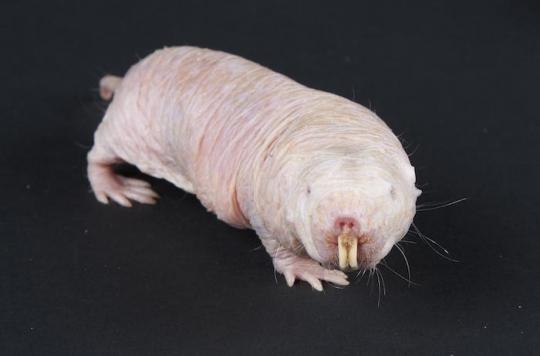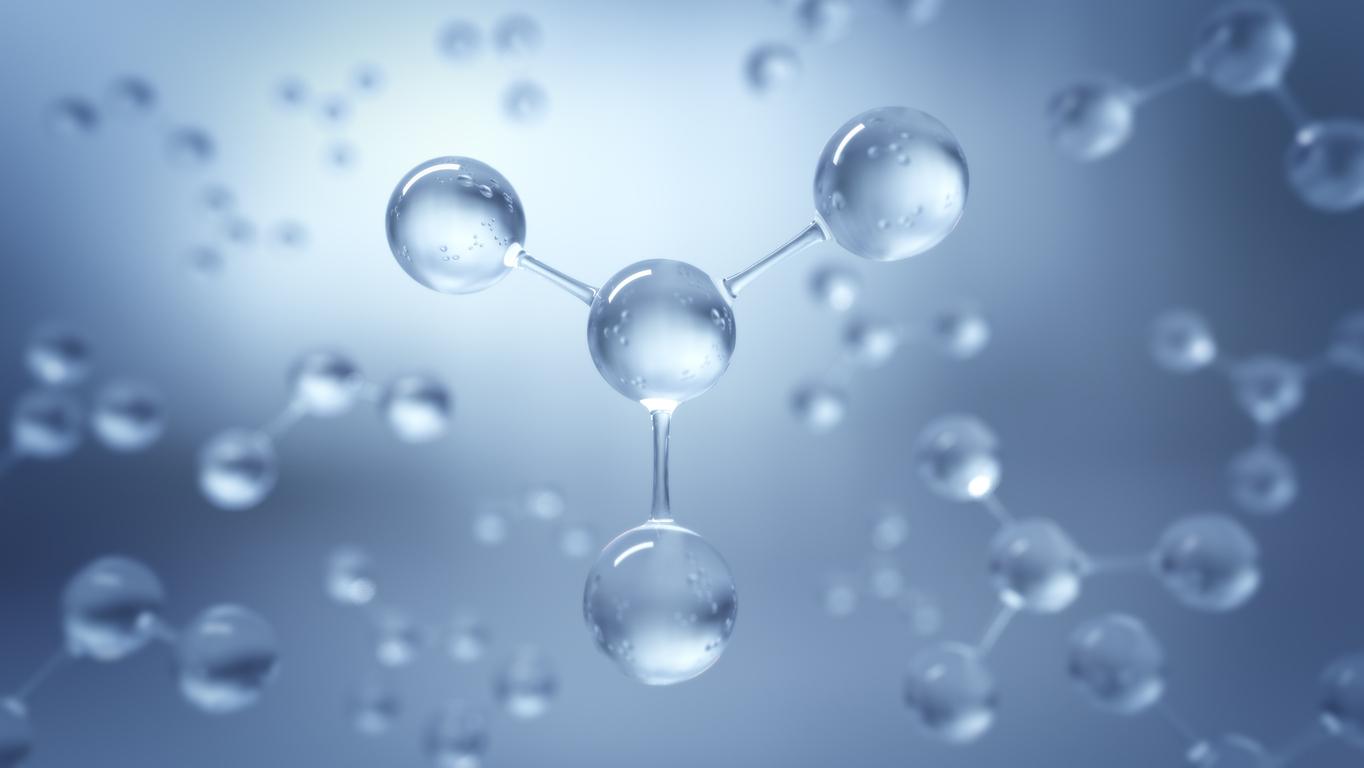The naked mole rat manages to survive in extreme conditions of oxygen deprivation, adapting its metabolism to continue to support its cells.

No cancer, few signs of aging, cardiovascular or neurological diseases … The naked mole rat is certainly extremely ugly, but its metabolic capacities are exceptional, and fascinate scientists who try to unravel the mysteries of these superpowers ensure an exceptional longevity of 30 years (the equivalent of 600 years in humans)!
In a article published this Friday in the journal Science, researchers at McMaster (Canada) and Nebraska (United States) universities have discovered an astonishing new property: while a mouse deprived of oxygen dies in less than a minute, the naked mole rat can almost survive twenty times longer!
“This is an exceptional characteristic for a mammal,” said Grant McClelland, a physiologist at McMaster University, one of the study’s authors. For these small animals from East Africa, who live in burrows in colonies of up to 300 individuals, and therefore little oxygen, this adaptation to lack is also a question of survival.
Metabolic adaptation
For their experiment, the researchers placed naked mice and mole rats in an oxygen-deprived environment. While the former quickly suffocated, the heart rate of the mole rats slowed from 200 to 50 beats per minute, and the mammals quickly passed out. But after 18 minutes of deprivation, and once out of their confinement, they were still able to recover all their faculties.
Their secret: the metabolism of sugar. In humans, as in most mammals, the conversion of glucose into energy involves a mechanism involving oxygen. Without oxygen supply, no energy, and the meager reserves are quickly consumed, especially in the brain where the cells end up dying.
Saved by fructose
The naked mole rat has developed a novel strategy. By observing chemical changes after oxygen deprivation, researchers found abnormally high levels of fructose and sucrose in the blood, as well as a molecule that carries fructose to cells, GLUT5, and an enzyme that allows its use. “Together, they allow the naked mole rat to replace glucose with fructose as fuel, when there is no oxygen,” says Gary Lewin, physiologist at the University of Illinois at Chicago.
What interest for human medicine? The researchers hope to be able to understand how the small mammal makes this metabolic change, in order to increase the chances of survival during a heart attack or stroke. When it occurs, the flow of oxygen to the brain is interrupted, causing irreversible damage within minutes. If it were possible to identify the mechanism and reproduce it urgently, this period could then be considerably lengthened, thus facilitating the intervention of the health services, and limiting the neurological sequelae.
.














